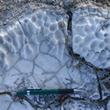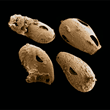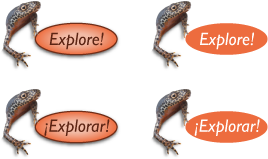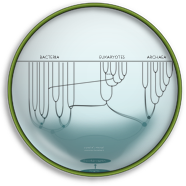The NEW Tree of Life

For a century after Charles Darwin published The Origin of Species in 1859, scientists could compare only physical features to describe evolutionary lineages. The picture that resulted was often illustrated as a Tree of Life.
In 1953 James Watson and Francis Crick discovered the structure of DNA – the molecular basis of genes – and showed how they encode the instructions that determine the form of every organism. Now, decades later, powerful new technologies permit comparisons of DNA and RNA, yielding detailed, objective information on the evolutionary connections between organisms. This has led to development of a new, genetically based Tree of Life, which allows deeper insight into the evolution of species than their physical features alone.
But tracing the evolution of the billions of organisms and species that have existed on Earth over billions of years will be a never-ending process in which the Tree of Life itself will evolve continuously and, along the way, provide important clues to life’s origin.
El NUEVO Árbol de la Vida

Por un siglo después de que Charles Darwin publicó El Origen de las Especies,
en 1859, los científicos sólo podían comparar aspectos físicos para describir
lineajes evolutivos. La imagen resultante ha sido descripta como un Árbol de la
Vida.
En 1953 James Watson y Francis Crick descubrieron la
estructura del ADN — la base molecular de los genes — y mostraron como es que
codifican las instrucciones que determinan la estructura de cada organismo. Hoy en
día, décadas más tarde, tecnologías nuevas y poderosas permiten comparaciones entre
el ADN y el ARN, produciendo información detallada y objetiva sobre las conecciones
evolutivas entre organismos. Esto ha resultado en el desarrollo de un nuevo Árbol
de la Vida basado en información genética, lo cual ofrece una visión más
profunda de la evolución de las especies que la que ofrecen los aspectos físicos por
sí mismos.
Sin embargo, seguir la evolución de los billones de
organismos y especies que han exisitido sobre la tierra por billones de años será un
proceso interminable durante el cual el Árbol de la Vida en sí va a
evolucionar continuamente y, de esta manera, proveerá pistas importantes respecto
del origen de la vida.
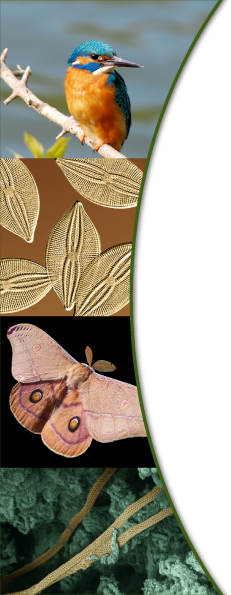
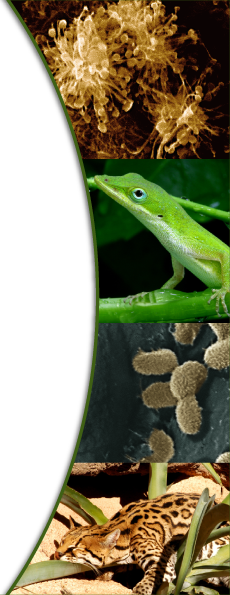
Sources: About the Tree Diagram
The tree presented here is adapted from F.D. Ciccarelli, et al., Science 311, 1283 (2006), except for the placement of the thermotogae/cyanobacteria branch group, which was placed next to the firmicutes to reflect more recent investigations [P. Puigbò, et al., J. Biol 8, 59 (2009)]. Note that the exact relationship of the Eukaryota to the Archaea is still under debate [S. Gribaldo, et al., Nature Rev. Microbiol. 8, 743 (2010)], as is the placement of the root of the Eukaryota branch [S. L. Baldauf, Science 300, 1703 (2003)].
Credits: Images





